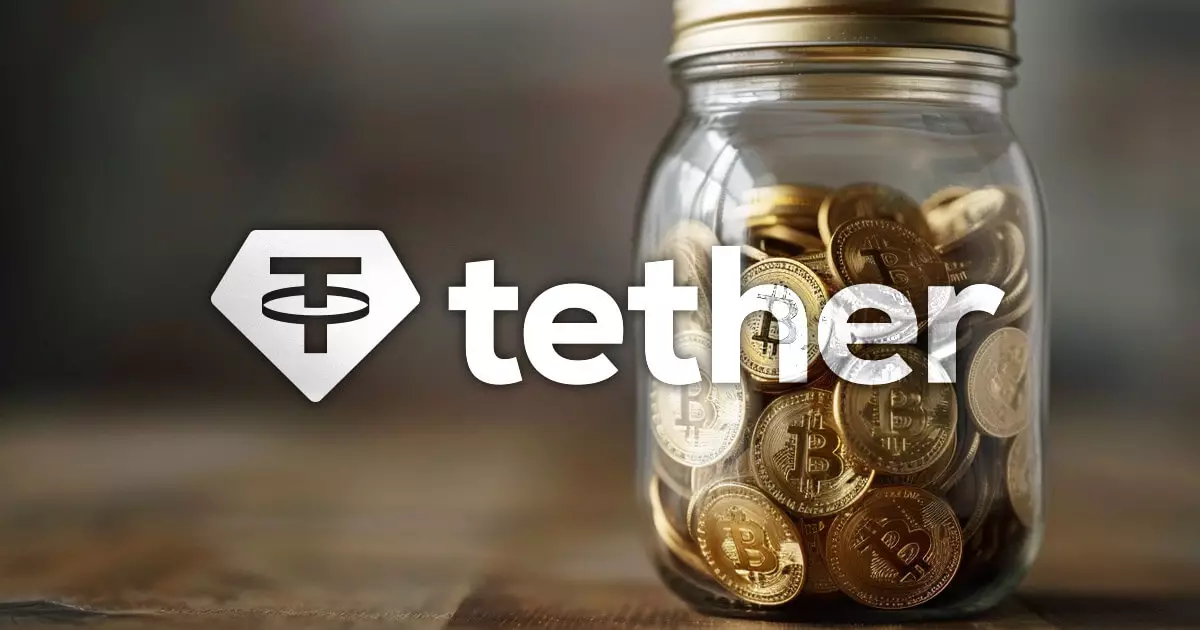In a significant move that underscores its commitment to diversifying asset reserves, Tether, the issuer of the USDT stablecoin, has acquired 7,629 Bitcoin, translating to approximately $705 million. This substantial purchase brings Tether’s total Bitcoin holdings to an impressive 82,983 BTC, valued at around $7.68 billion, according to the latest data from Arkham Intelligence. This acquisition not only highlights Tether’s strategic investment decisions but also reinforces its position as the sixth-largest holder of Bitcoin globally, as reported by Bitinfocharts.
The decision to allocate a portion of the profits towards Bitcoin acquisition reflects Tether’s long-term strategy, which was first articulated in May 2023. The firm intends to allocate 15% of its profits to bolster its Bitcoin portfolio, demonstrating a proactive approach towards enhancing its financial stability and long-term growth. Such strategic maneuvers are crucial in the volatile world of cryptocurrency, where diversification can mitigate potential risks associated with holding single asset classes.
Despite the financial gains from its Bitcoin investments, Tether is not without challenges. The company faces increasing regulatory scrutiny, particularly within the European Union (EU), where new regulations regarding stablecoin issuance are coming into play. These evolving guidelines demand stringent compliance from stablecoin issuers and include a controversial reserve requirement mandating that 30% of a stablecoin’s reserves be held within traditional financial institutions. Such regulations, according to Quinten François, co-founder of WeRate, may hinder Tether’s operational flexibility and its ability to generate revenue from various asset classes, including US treasuries.
François argues that this rigidity could limit Tether’s strategic options, constraining its ability to utilize profits for reinvestment and reserve enhancement. He raises a crucial point regarding operational efficiency, highlighting the potential downsides of stringent regulatory frameworks on innovation and profit generation in the stablecoin market.
In light of these challenges, regulatory experts like Jonathan Galea from BCAS IO offer a different perspective. Galea asserts that stablecoins like USDT, which have not been aggressively marketed within the EU, may not necessarily fall under the MiCA (Markets in Crypto-Assets) regulatory umbrella. He suggests that concerns regarding compliance might be overstated, as trading platforms are capable of listing such assets without needing to solicit approval directly from the issuer. This insight provides a nuanced understanding of the regulatory landscape and how it may affect Tether’s operations moving forward.
While Tether’s recent Bitcoin acquisition is a testament to its strategic vision for growth and reserve diversification, the looming regulatory requirements in the EU introduce a layer of complexity to its operational landscape. The balance between regulatory compliance and active asset management will be pivotal as Tether navigates this evolving environment, ensuring its approach is both adaptive and profitable for the future.















